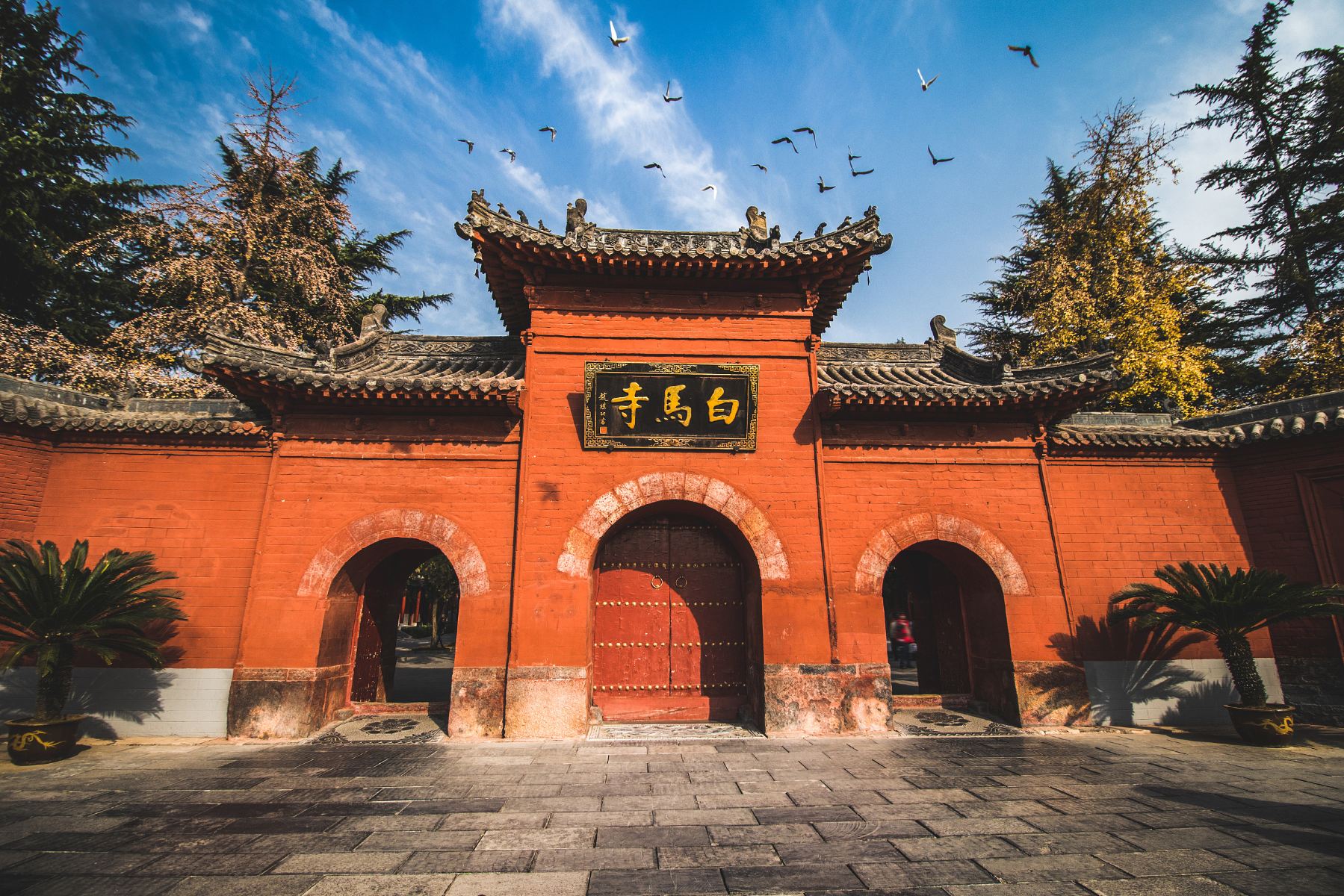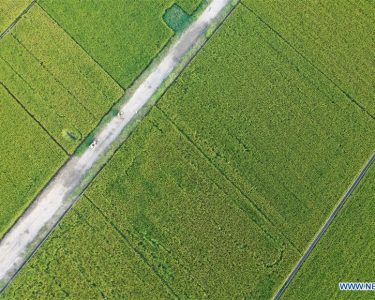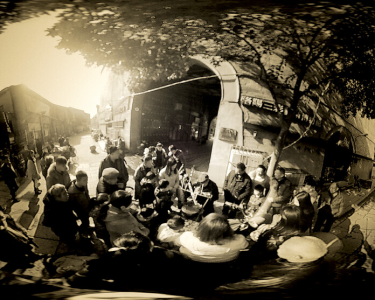The White Horse Temple was first built in the 11th year of Yongping in the Eastern Han Dynasty (68 A.D.). It was built by the government after Buddhism was introduced to China. It has always been respected as the “ancestral court” and “source of Buddhism” in China. It is said that the name of the temple because of the “white horse negative classics” allusions. The white horse temple after repeated war, several reconstruction, now the white horse temple area is not large, walking tour of the whole scenic area is no problem.
Visitors enter the temple through the mountain gate. The mountain gate was built in the Ming Dynasty, and the stone horses on both sides of the gate are relics of the Song Dynasty. Temple existing five major halls, located in a central axis, the main hall is the second temple of the big Buddha, is also the main place to do things. In the third big hall inside, put the white horse temple “town temple treasure” — China’s only yuan dynasty “clip storage dry lacquer statue”. In the hall, 23 statues of “Ramie dry paint” in the Yuan Dynasty are of different shapes, all made of silk and hemp with a weight of only 3 to 5 kg each. They have not been repaired for more than 700 years since the Yuan Dynasty and are still as new in color.
White horse temple tablets also preserve the since the tang dynasty in the history of more than 40 seats, to the yuan dynasty calligrapher Zhao Meng ð « ¯ calligraphy of quite valuable inquiry into “the white horse temple, Beijing (in the east of the gate There are also three cemeteries worth visiting: those of Samarten and Dharfaran, two eminent Indian monks (on the east and west sides of the mountain gate), and that of Dee Renjie, the prime minister. But there is also a saying that the tomb of Dee Renjie is not buried in the Lord Di, but Wu Zetian’s “face” Xue Huaiyi, who was once the president of the White Horse Temple.
About 200 meters southeast of the gate, there is a Qiyun Pagoda. It was built in the Eastern Han Dynasty and rebuilt in the Jin Dynasty. It is one of the few ancient buildings of the Jin Dynasty in the Central Plains.
Now, next to the White Horse Temple, there is a new “World Buddhist Temple Exposition Area” to showcase India, Thailand, Sri Lanka and Nepal





